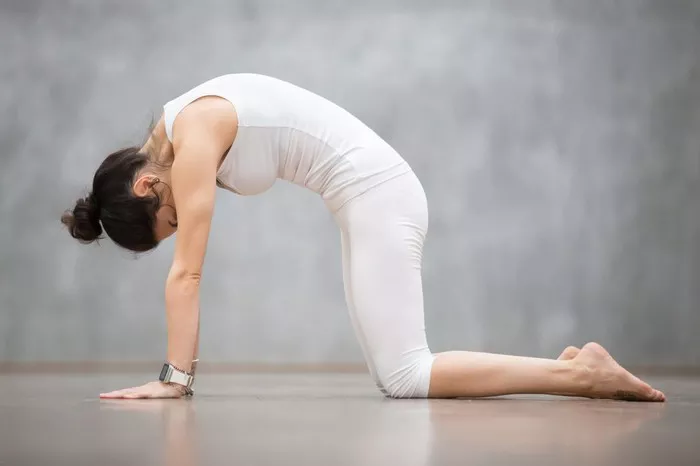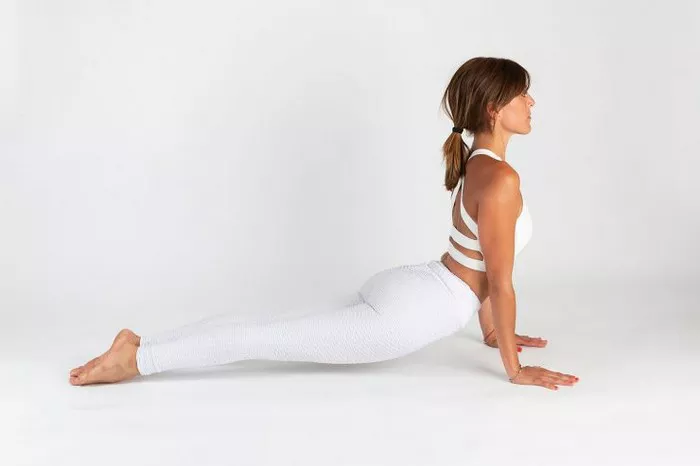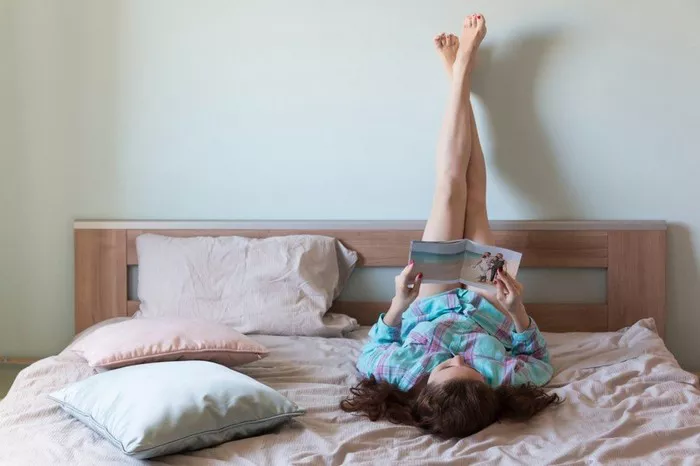Yoga, an ancient practice originating from India, encompasses a myriad of poses that not only promote physical well-being but also foster mental clarity and spiritual growth. Among these poses lies the Praying Mantis Pose, also known as “Mantiasana” in Sanskrit. This unique posture combines strength, balance, and flexibility, offering practitioners a multitude of benefits for both body and mind. In this comprehensive guide, we delve into the origins and symbolism of the Praying Mantis Pose, its physical and mental benefits, various variations and modifications, step-by-step instructions for proper execution, as well as precautions and contraindications to ensure a safe practice.
Origins and Symbolism
The Praying Mantis Pose finds its roots in the natural world, inspired by the graceful and poised stance of the praying mantis insect. In Hindu mythology, the mantis is often associated with mindfulness, patience, and stillness. It embodies the qualities of focus and contemplation, mirroring the meditative aspects of yoga practice. By assuming the form of the mantis, practitioners aim to embody these attributes, cultivating a sense of calmness and presence on the mat.
Physical and Mental Benefits
Like many yoga poses, the Praying Mantis offers a multitude of physical and mental benefits. From a physical standpoint, this pose strengthens the legs, core, arms, and shoulders, while simultaneously improving balance and flexibility. The elongation of the spine encourages better posture and alleviates tension in the back and neck. Additionally, the gentle compression of the abdomen stimulates digestion and detoxification, promoting overall gut health.
On a mental level, practicing the Praying Mantis Pose cultivates mindfulness and concentration. The focus required to maintain balance and proper alignment encourages practitioners to quiet the mind and be fully present in the moment. This meditative aspect of the pose helps reduce stress and anxiety, promoting a sense of inner peace and emotional well-being.
Variations and Modifications
As with any yoga pose, variations and modifications of the Praying Mantis can be employed to accommodate different body types, skill levels, and specific needs. For beginners or those with limited flexibility, props such as blocks or straps can be utilized to provide support and assistance. Variations may include:
1. Supported Praying Mantis: Place blocks under the hands to reduce the distance to the floor, making it more accessible for beginners.
2. Half Praying Mantis: Instead of extending both legs, keep one knee bent and the foot planted on the ground to reduce strain on the hamstrings.
3. Bound Praying Mantis: Interlace the fingers behind the back and extend the arms overhead, deepening the stretch in the shoulders and chest.
These variations allow individuals to tailor the pose to their own capabilities while still reaping its benefits.
Step-by-Step Instructions
To practice the Praying Mantis Pose safely and effectively, follow these step-by-step instructions:
- Begin in a standing position at the top of your mat, feet hip-width apart, and arms by your sides.
- Inhale as you lift your arms overhead, palms facing each other.
- Exhale as you hinge forward at the hips, bending your knees slightly and bringing your torso parallel to the floor.
- Plant your hands on the mat shoulder-width apart, fingers spread wide, and step your feet back into a high plank position.
- Engage your core muscles and shift your weight forward, bringing your shoulders past your wrists.
- Bend your elbows, keeping them close to your body, as you lower yourself halfway down into a low plank position.
- Inhale as you lift your right leg off the mat, bending the knee and bringing it towards your right elbow.
- Hold for a few breaths, then exhale as you extend the right leg back to the starting position.
- Repeat the movement on the left side, bringing the left knee towards the left elbow.
- Hold for a few breaths, then exhale as you extend the left leg back to the starting position.
- Repeat the sequence for several rounds, alternating between right and left legs.
Precautions and Contraindications
While the Praying Mantis Pose offers numerous benefits, it may not be suitable for everyone. Individuals with the following conditions should exercise caution or avoid this pose altogether:
1. Recent or chronic shoulder injuries: The weight-bearing nature of this pose may exacerbate shoulder issues. Modify the pose by keeping the knees on the ground or reducing the range of motion in the arms.
2. Wrist pain or carpal tunnel syndrome: Placing excessive weight on the hands and wrists can aggravate these conditions. Use props such as blocks or practice on fists to alleviate pressure.
3. Pregnancy: Pregnant individuals should avoid poses that involve lying on the belly or intense abdominal compression. Modify the pose by practicing the supported variation or consulting with a qualified yoga instructor for guidance.
4. High blood pressure or heart problems: The inverted nature of this pose may increase blood pressure. Practice with caution and avoid holding the breath. Consider consulting a healthcare provider before attempting this pose.
As with any yoga practice, listen to your body and honor its limitations. If you experience pain or discomfort during the Praying Mantis Pose, ease out of the pose and seek guidance from a qualified yoga instructor or healthcare professional.
Conclusion
In conclusion, the Praying Mantis Pose serves as a powerful tool for cultivating physical strength, mental clarity, and spiritual awareness. By incorporating this pose into your yoga practice and exploring its variations and modifications, you can tailor the practice to suit your individual needs and goals. Remember to approach the pose with mindfulness and respect for your body’s abilities, taking precautions to ensure a safe and fulfilling practice.















